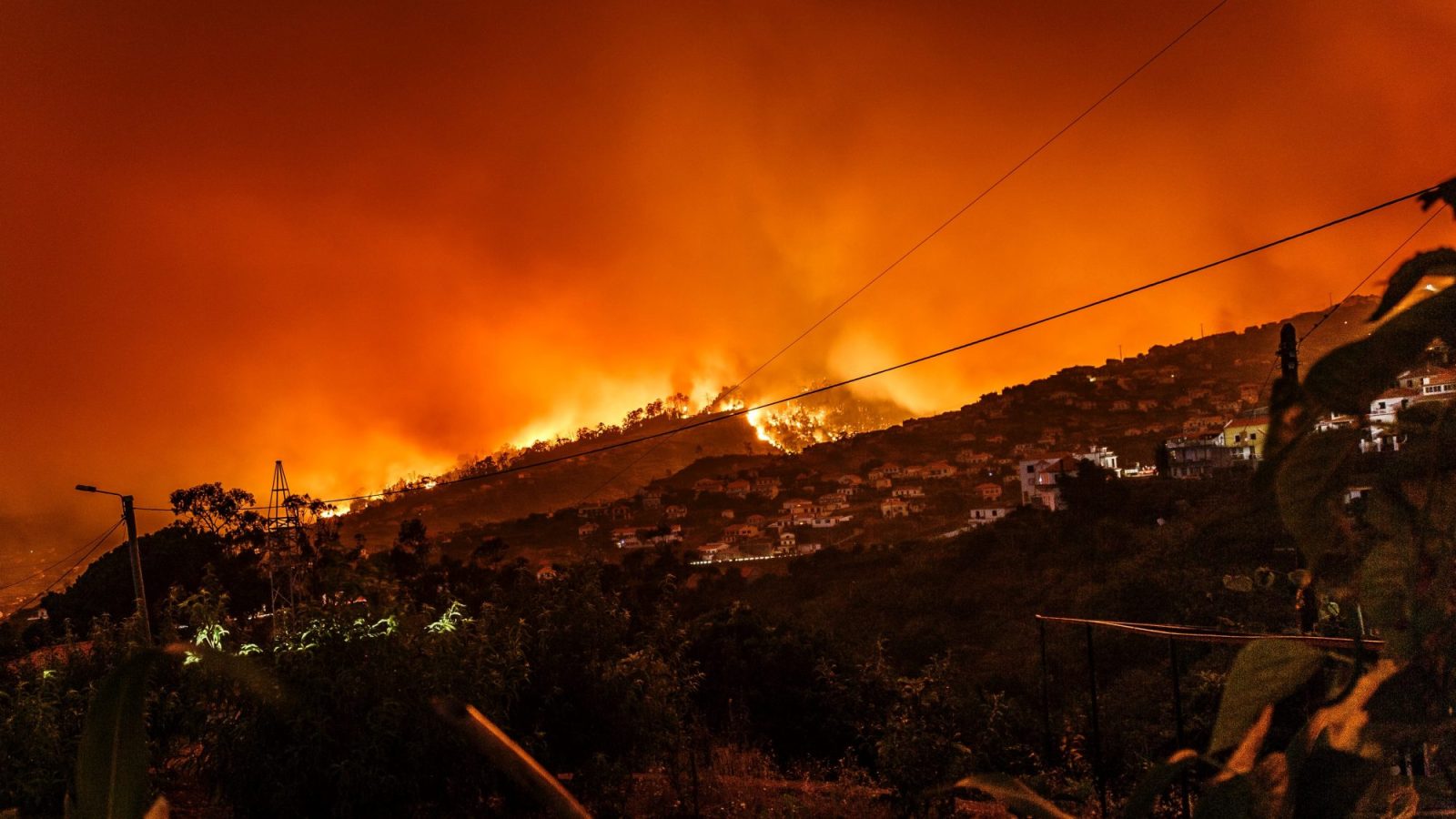
Wildfires continue raging across the western regions of the US and Canada – accompanied by reminders from authorities to drone enthusiasts to steer clear of all blazes. But one Canadian company believes it can assist the urgent efforts to extinguish them by doing just the opposite: flying its drones into the heat of the action to battle fires.
Canadian drone startup wants to help battle raging fires
Alberta startup Pegasus Imagery is convinced its tech-packing drones can provide fast and effective data that firefighters need to bring surging fires back under control. For starters, its in-house manufactured craft have been designed to fly up to 10 hours in a single flight, or about triple the time emergency service helicopters can operate before needing to refuel. Meanwhile, radar and infrared sensors aboard Pegasus drones can stream high-definition video – and detailed maps produced virtually in real time – back to authorities managing the battles against fires.
Those Pegasus uncrewed aerial vehicles (UAV) offer an additional advantage traditional helicopters used for monitoring infernos usually can’t: flying regular, extended missions at night with just as much efficiency as daytime sorties. That ability alone should make firefighting officials start paying closer attention.
Typically, helicopters are sent out at daybreak to scan affected areas and bring back information of how flames have progressed overnight for use in planning action to be taken during the day. Edmonton-area’s Pegasus, by contrast, can deploy its drones to gather nighttime information as blazes develop, and in so doing provide authorities precise and up-to-date data on evolving infernos as a new day of firefighting dawns.
“If we’re able to monitor a fire throughout the night, for example, you don’t just understand where the fire boundary is or where the hotspots are — now you get to see where the fire behavior is changing the fire throughout the night,” Pegasus founder Cole Rosentreter told CBC News. “Did the winds change at 3 a.m.? Well, that will actually affect how you’re going to look at deploying your people on the ground.
“Get ahead of the problem,” Rosentreter continued, repeating the message he has been impressing upon Canadian provincial and national fire forces he thinks Pegasus can help. “(T)he only way to do that is with real-time information and covering that window, especially the night shift. We’re able to take that information and deliver it directly to people in the field.”
Faster, more accurate, actionable firefighting data at lower costs
There’s another operational difference Pegasus notes to sweeten its pitch. Emergency helicopters cost around $5,000 per hour to fly, and often require that teams of firefighters be dispatched on the ground when vision is limited to determine hot spots. Rosentreter says Pegasus UAV can accomplish the same work, often providing better results, at a fraction of the price.
Pegasus proved its chops in May when its drones were called in by Alberta’s Parkland County to provide thermal imagining of a 5,400-acre fire. Its nighttime flights determined the perimeter and hot spots of that blaze, and permitted a full, updated briefing to be delivered to authorities first thing in the morning.
Though similar drone tech is used in other countries to battle fires, Rosentreter says Canada has hesitated to follow suit. Right now, however, it has compelling reasons to give it consideration. As DroneDJ editor-in-chief Scott Simmie noted in his report yesterday on Canada’s dire fire situation:
A total of 1,319 fires have broken out this year, with the majority occurring over the past month or so. As of the time of this post, there were 254 active wildfires in the province, an increase of 23 over the last two day.
In the US, meanwhile, there are currently, 97 large fires that have already burned 1,868,204 acres across 12 states. Given the dire outlook, it may be time to starting bring in all the expert drone help officials can find – even as they continue reminding amateur pilots to stay away.
FTC: We use income earning auto affiliate links. More.




Comments